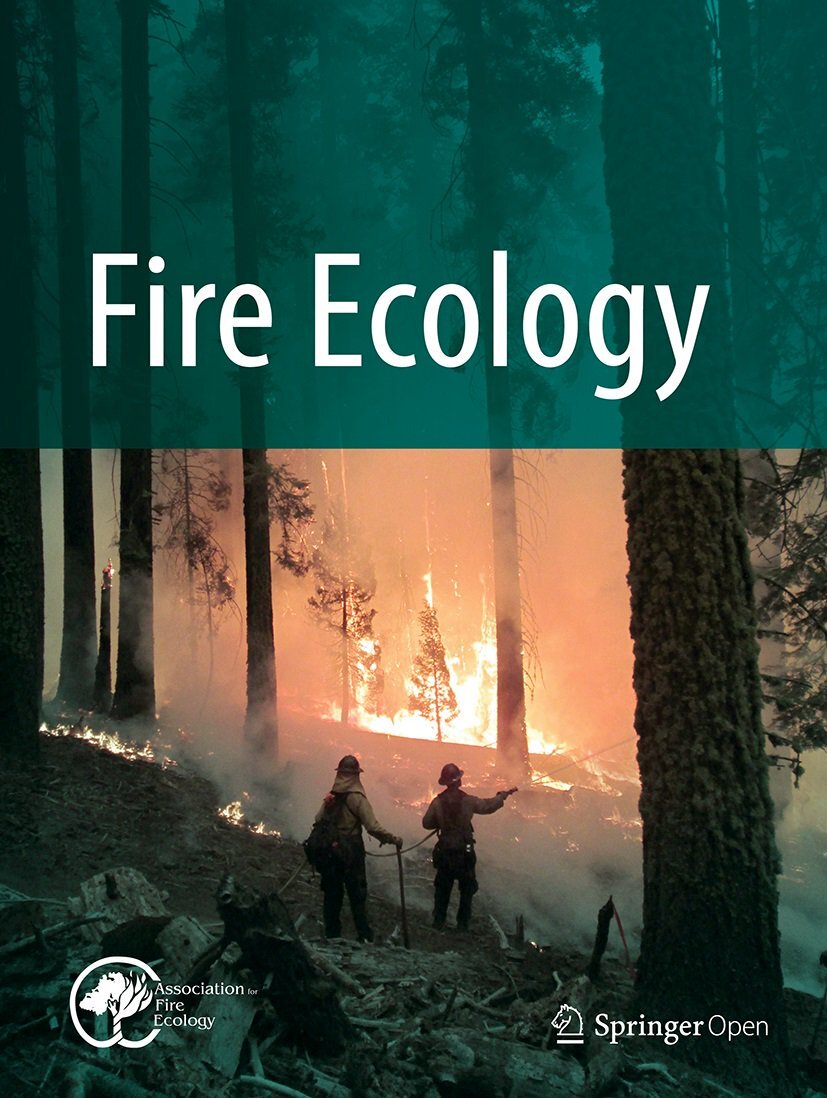Tree-rings reveal the legacy of Indigenous cultural burning in the Southwest USA
Wednesday, November 5, 2025 2pm ET
Studying the influence of Indigenous people on ancient and historical fire regimes has been methodologically challenging. In the Southwest United States, well-replicated fire histories suggest that abundant lightning and suitable climate conditions drove frequent low-severity wildfires in dry pine forests independent of human activities even as ethnography provided hints that highly mobile indigenous populations used fire in myriad land use contexts. In this webinar from the Southwest Fire Science Consortium, Dr. Christopher Roos and colleagues use published and unpublished tree-ring fire history records from pine forests in Arizona and New Mexico to demonstrate that Indigenous foragers, pastoralists, and farmers influenced Southwestern fire regimes in similar ways. In Arizona, networks of tree-ring site reveal that small and highly mobile populations of Ndee (Western Apache) increased the frequency of fires while shrinking fire size, altering fire seasonality, and overall reducing the influence of climate on fire activity. Using tree-ring records across the region, Hemish farmers (Pueblo of Jemez), Diné pastoralists (Navajo), and Nde foragers (Chiricahua Apache) all reduced the influence of climate on fire activity during periods of most intense land use and fire stewardship in their traditional territories. This research shows that population size, culture, and economic organization were not limiting variables on the influence of Indigenous populations on fire regimes and that new methodological approaches may offer new insights into long histories of Indigenous fire stewardship that can contribute to discourse on contemporary fire management, fire-co-management, and restoration of traditional fire management practices.
Presenter: Dr. Christopher Roos, Professor of Anthropology and Earth Sciences, SMU


